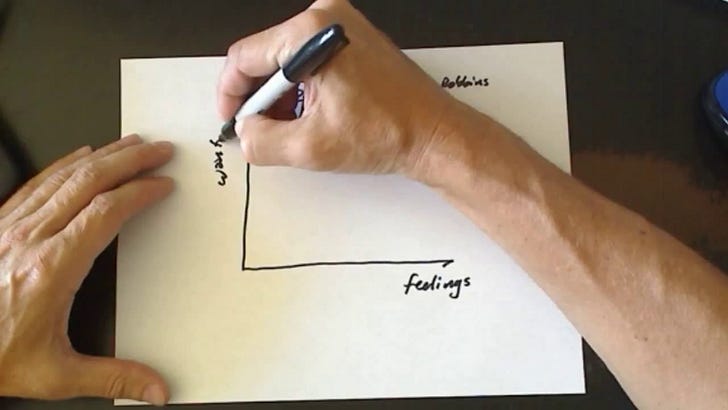Many of us find that we aren’t getting what we want from life, but fail to recognize that this is because we’re getting only what we feel.
There is a difference between wanting and feeling.
We know this, because sometimes when the alarm goes off at 5AM because we want to go to the gym, we hit the snooze, roll over an go back to bed because we just don’t feel like it this morning.
Feelings come and go, even if our wantings stay the same.
The problem is that when our feelings guide our actions, they can block us from getting the things we want.
In her book The 5 Second Rule, Mel Robbins (2017) says that when you want to change your life, there’s one fact that you have to confront:
You are never going to feel like it.
Because change only happens outside your comfort zone, you’re never going to feel comfortable with change.
And it is change that we all want, because most of us haven't mastered the concept of wanting the things we already have. What we want are things we haven’t got.
Therefore… when we seek change, we must experience negative emotions.
Robbin’s “five second rule” suggests that the moment you begin to hesitate to act on what you want, you begin a countdown:
5
4
3
2
1
Her point is that the act of counting stops your automatic monkey mind from making a cascade of predictions about the discomfort you are about to feel. Instead, it creates a sense of inevitability by preparing you to launch into the action that will get you closer to what you want before you talk yourself out of it.
Our feelings are partly the sensations we experience while in contact with our environment, such as “This stove feels hot,” or “This massage feels good.” And feelings are partly about how we interpret those sensations.
While the sensations exist at the bottom of Maslow’s Hierarchy of Human Motivation, (where comfort, shelter, sleep, and food reside) the interpretations reside higher up, where we construct identity, a sense of self-efficacy, and meaning to our lives.
Constructing a life of your own design will require you to experience negative sensations, and confront the stories that reside in your own mind about how you’re interpreting those sensations.
There is no comfortable path to the top of Maslow’s Hierarchy.


